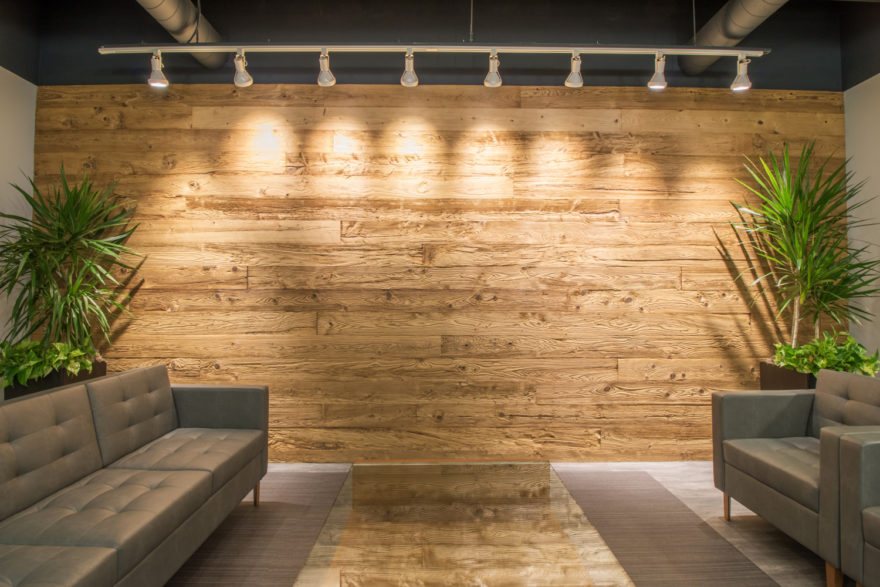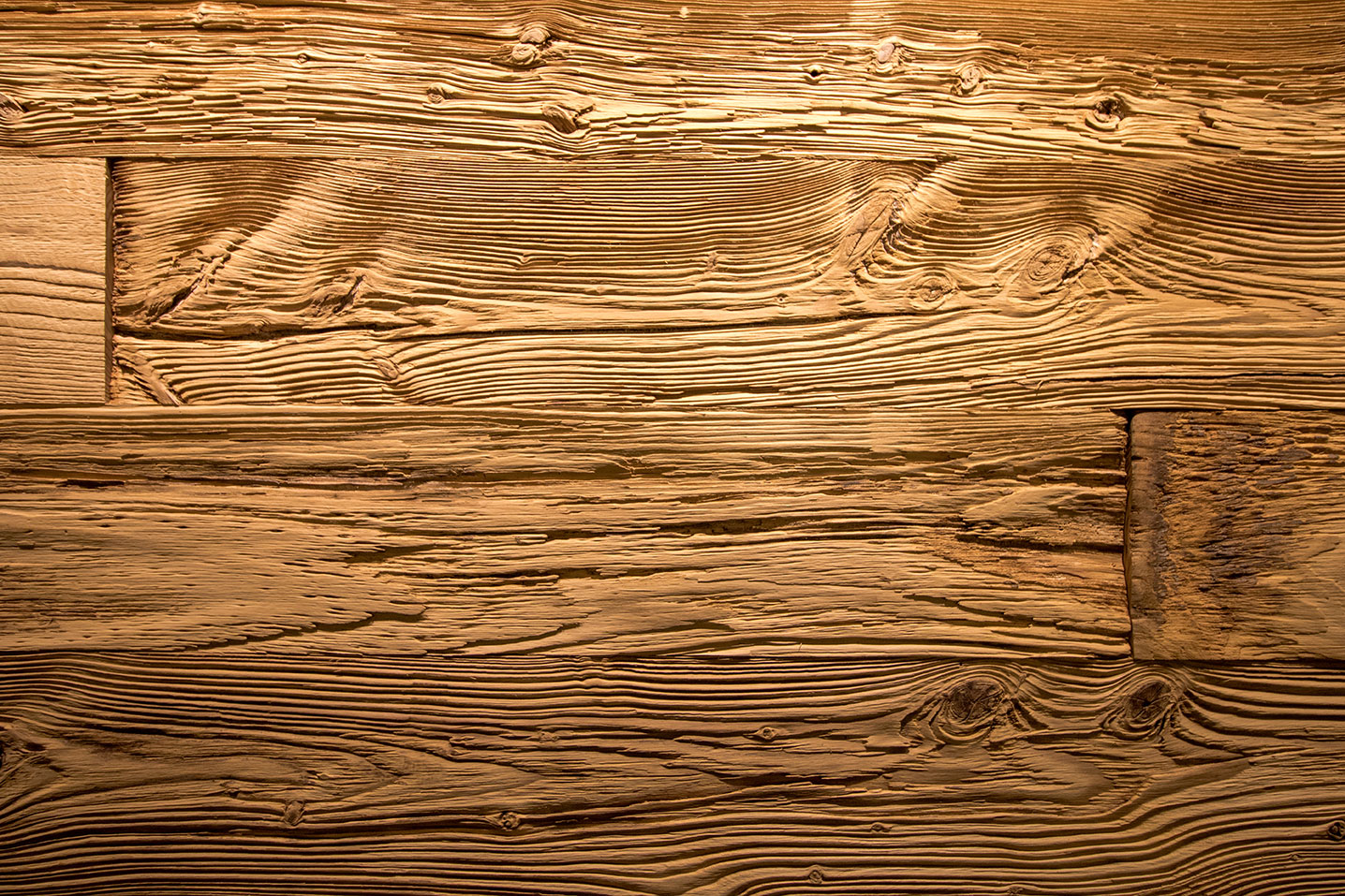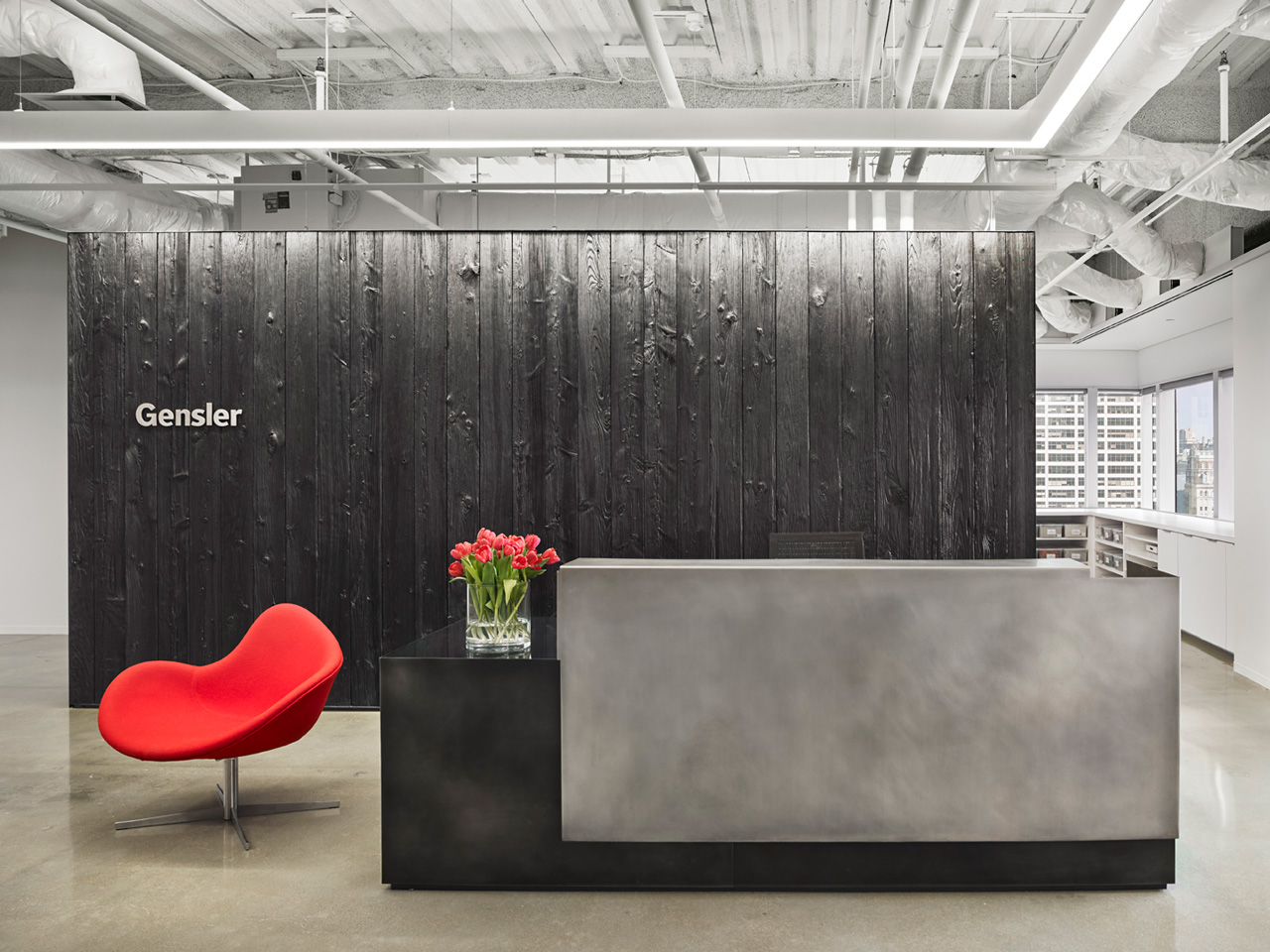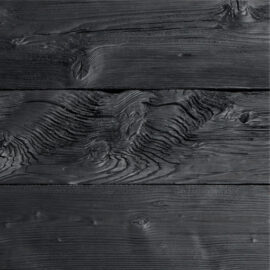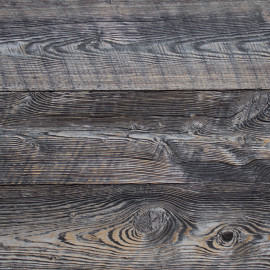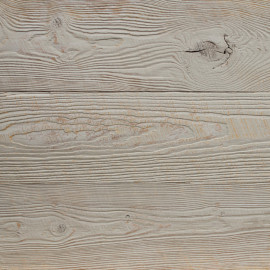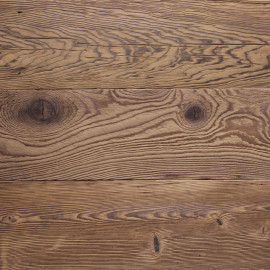“Wood is universally beautiful to man. It is the most humanly intimate of all materials.”
– Frank Lloyd Wright
HISTORY OF MUSHROOM WOOD
Otherwise known as hemlock reclaimed wood, mushroom wood has an inspiring and historical sustainability story attached to its derivation. This name is a bit misleading since the wood is not actually made from mushrooms. This wood is used to line the boxes of mushroom crops at mushroom growing facilities today and as far back in history as 1896.
WHAT IS MUSHROOM WOOD?
The wood’s unique character is crafted by nature through a process called fungiculture. During the mushroom growth cycle, the bin wood is exposed to years of acid laden sustainable compost, moisture, and abrasion. Those enzymes digest and gradually wear away the fibers in the top layer of softwood. Once the mushrooms are harvested and the wood is sorted and cleaned, the hardy, durable wood left behind displays a deep, hyper-textured, weathered, one of a kind earthy-caramel patina. Light and shadows dance throughout its rough-grained surface.
REED by reSAWN TIMBER co. (see image above) features antique reclaimed hemlock that has been wirebrushed to accentuate the unique grain pattern of hemlock. Expect a fairly consistent dark brown color with lots of texture and variation to the grain.
SUSTAINABILITY
Since the wood planks used in the bins degrade over time, the wooden beds need to be replaced every few decades. Because of this, there is a constant supply of this versatile reclaimed and repurposed aesthetically pleasing material. So, it typically does not end up disregarded and left in landfills or chopped up and used for mulch. Since mushroom board sizes are consistent and not random widths or lengths, the yield is very high in comparison to random width, random length barn siding. This lends itself to a quicker and more efficient installation process.
Although 23 different states farm mushrooms commercially in the U.S., Pennsylvania is responsible for 44 percent¹ of mushrooms on grocery store shelves. The majority of mushroom wood is sourced locally from salvaged eastern hemlock wood, though cypress wood is also used since it can withstand constant exposure to moisture and soil.
KINOKO (see Gensler feature wall image) by reSAWN TIMBER co. features CHARRED reclaimed hemlock burnt in the Japanese style of shou sugi ban. The burning process accentuates the wood grain and creates varying colors when viewed from different angles and in different light.
reSAWN’s CHARRED offering also includes cypress, western red cedar, Accoya, Kebony, black walnut, and white oak in addition to reclaimed hemlock.
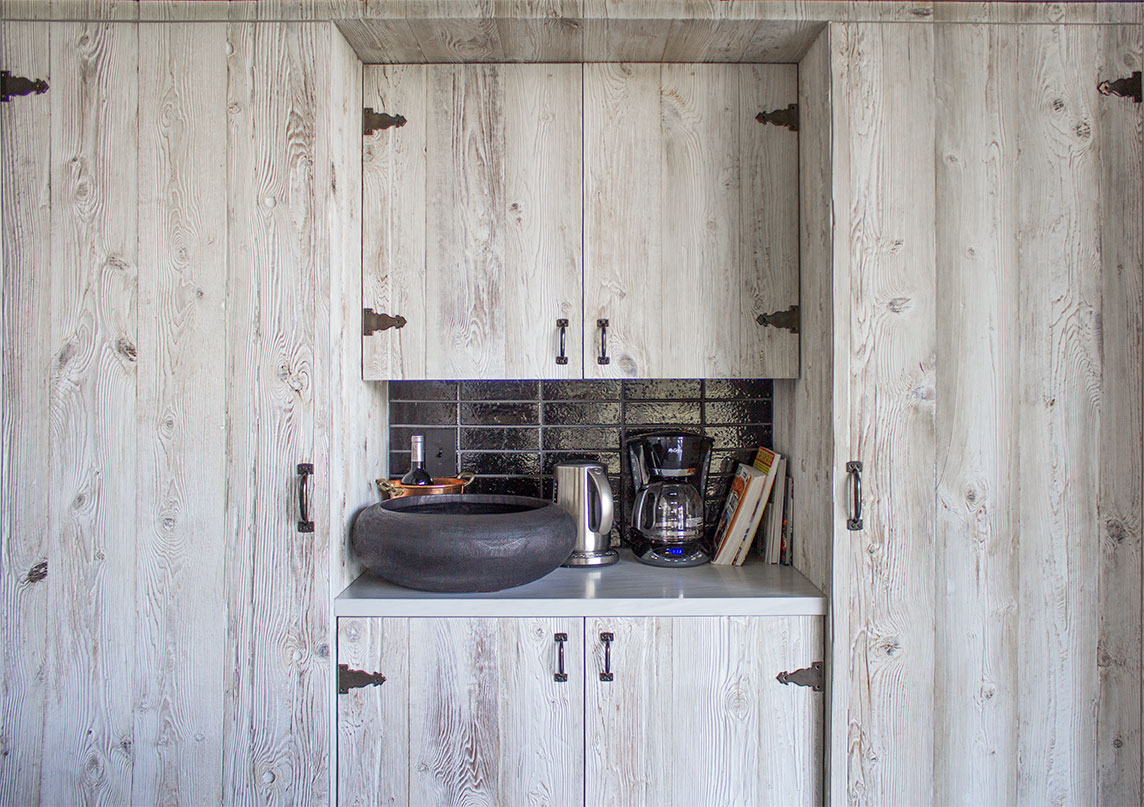
BUCOLIC BLANC by reSAWN TIMBER co. (see image above) features antique reclaimed hemlock that has been wirebrushed to accentuate the unique grain pattern of hemlock and finished with a stain/sealer. Expect lots of texture and variation to the grain. Standardly used for wall and ceiling cladding (not appropriate for flooring).
MUSHROOM WOOD FOR SALE
If you’re an interior designer or architect looking for wood with character and a great sustainability story, look no further. Mushroom wood suppliers like reSAWN TIMBER co. are able to source mushroom wood locally for architectural specifications. We offer exquisite eastern hemlock wood and other antique reclaimed woods in solid & engineered construction for flooring, interior wall/ceiling cladding, and millwork/stair applications.
